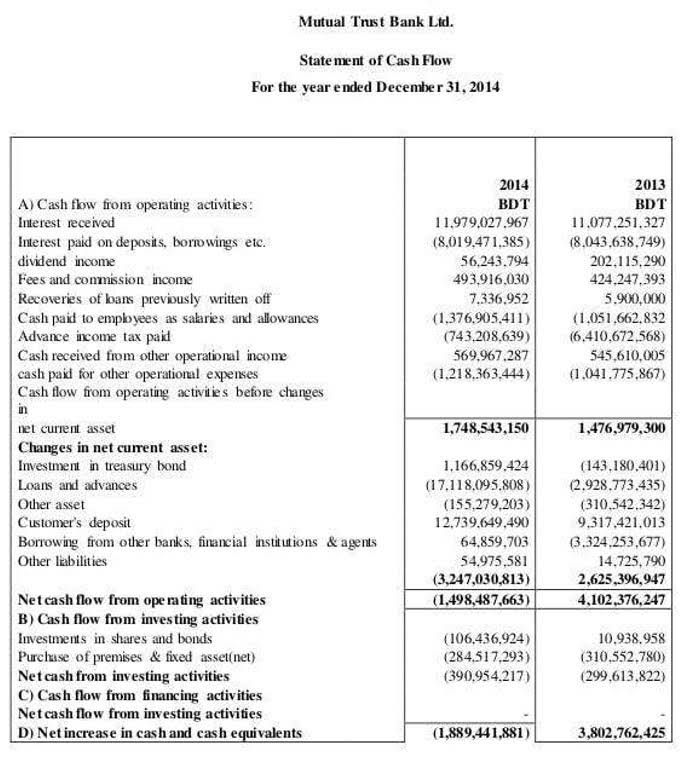
Therefore, while the bi-weekly payroll system has its advantages, it’s crucial to consider the specific needs of your workforce before deciding if it’s the best fit for your business. An online fitness platform offering workout videos, personalized coaching, and fitness challenges noticed the retention rate was lower than desired when billing customers monthly. This schedule caused many customers to feel that they could find alternative fitness programs more affordably elsewhere. The platform introduced a bi-weekly option in addition to the existing monthly billing. Employees will not need unique formulas to calculate their pay per cycle since it is in two-week increments. But at times, depending on the overtime worked by the employee, this method is not a great choice for small firms.

Always remember that states have the last say in how frequently you must pay employees. Consult your state laws, as certain states do not allow the use of a semi-monthly pay schedule. Workers get compensated every two months when the payroll is completed bi-monthly.
A Guide to Implementing A Payment Schedule
This means that with a bi-weekly schedule, your employees receive a paycheck every other week, typically on Fridays. On the other hand, a semi-monthly pay schedule provides fixed paydays twice a month, often on the 1st and 15th. With bi-monthly pay, you’ll pay your employees twice a month on set days.
In the case of hourly pay, the amount in the paycheck may differ as it will be as per the number of hours worked in that specific pay cycle. Whether a business’s employees are salaried or hourly, it will likely make sense for them to choose one pay frequency over the other. For example, it can be more difficult to process the paychecks of hourly employees on a semi-monthly basis than on a bi-weekly basis. Because hourly wages are easier to calculate on a bi-weekly basis, as each paycheck accounts for the same number of days. Conversely, semi-monthly paychecks will vary in the number of days they include, making it more challenging for whoever handles the company’s payroll. Deciding on a pay frequency for your small business is an important decision.
Paycheck amounts
With this technique, they will obtain three paychecks in 2 months of the year and 2 paychecks in the remaining ones. Bi-monthly payments involve customers committing to making payments every other month. This arrangement can give customers more flexibility than monthly payments, as they spread their financial https://www.bookstime.com/ obligations more evenly throughout the year. Biweekly pay, as the name suggests, is releasing paychecks consistently every two weeks, regardless of how many weeks there are in a month. So, for example, once an employee starts working for a firm, two weeks from then, he could get his paycheck.
There are some important differences when it comes to semi-monthly vs. biweekly payroll. Let’s first look at the unique attributes and benefits of the biweekly pay schedule. This knowledge and understanding are advantageous for the business as a payment schedule can be chosen that is to its best advantage. Employees are also in a position to anticipate how much amount can be received in every paycheck. This helps them in budgeting their finances and making proper plans for the future. If you’re running any sort of business that employs people, an aspect that begs your attention is the pay frequency for your employees.
Anxiety is Top Issue for American Workers Seeking Mental Health Assistance
If you are paid semi-monthly, you will be paid $1,750 per paycheck before taxes (your salary divided by 24 checks per year). If you’re paid bi-weekly, you will receive $1,615.38 per paycheck before taxes (same salary divided by 26 checks). Although your total annual earnings will be $42,000 with either option, this is definitely a factor that is worth noting — especially when you’re creating your monthly budget. While the number of hours you work under a biweekly schedule can also vary, they’re more likely to remain similar to every pay cycle if you’re working full time.
- Aside from setting up and processing payroll, you will also learn how to troubleshoot common payroll challenges.
- Therefore, this article will discuss the differences between biweekly and semimonthly pay schedules and each’s various advantages.
- Biweekly pay also makes it easy to calculate overtime for hourly workers and offers employees predictability, which is beneficial for consistent pay and budgeting.
- Getting invoices and source material, entering data, and printing and …
For instance, in the month of February, the second paycheck would cover only 13 or 14 days when in the rest of the months, it covers 15 or 16 days. Depending on whether you are a salaried, permanent employee, the total yearly salary may be divided into 24 checks by the employer. The smaller amount per paycheck could pose difficulties for employees with larger fixed expenses. semi monthly vs bi weekly Additionally, the fluctuating monthly pay (two months will have three paydays instead of two) might complicate financial planning for some. An e-commerce store specializing in natural and organic skincare products operated with a traditional monthly billing cycle. However, they faced challenges in maintaining a consistent cash flow and customer retention.
If you’re a little confused by all the payroll options, don’t worry. Though the difference between a semi-monthly payroll and a biweekly payroll can seem confusing, it’s not that difficult to grasp once it’s all laid out. A semi-monthly payroll schedule pays employees twice a month, totaling 24 cheques for the whole year. This type of payroll is more suited towards companies who pay their employees a high salary and don’t need to worry about missed days due to bank holidays.